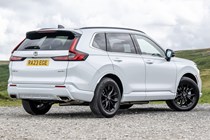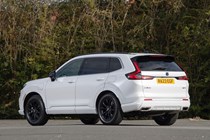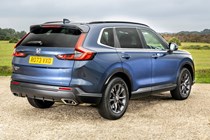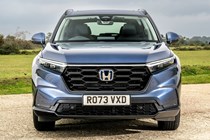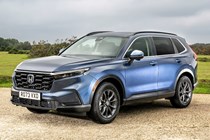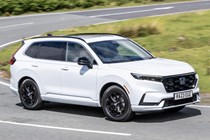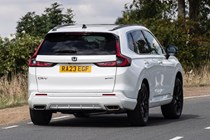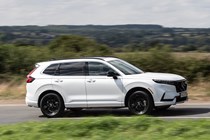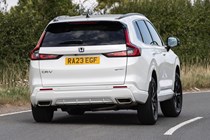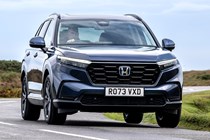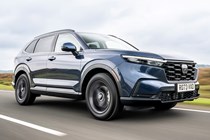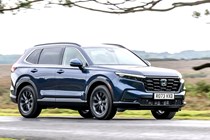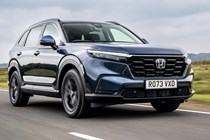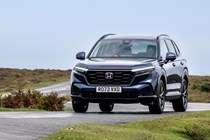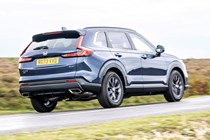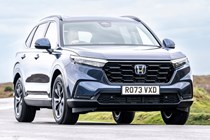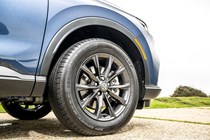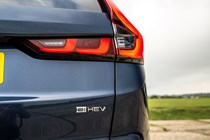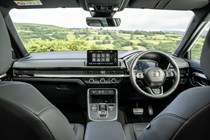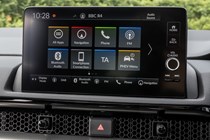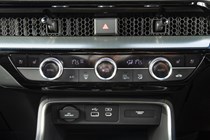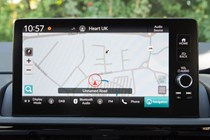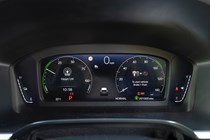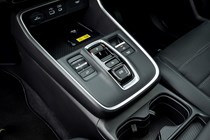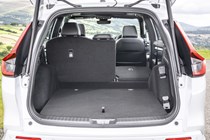
Honda CR-V running costs and reliability
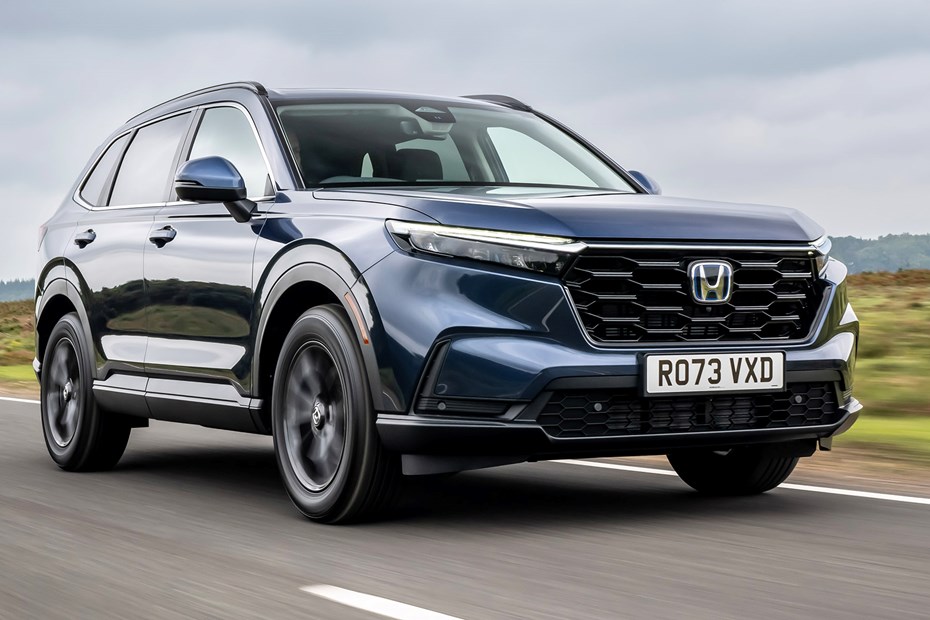
Miles per pound (mpp) ⓘ
| Hybrid petrol engines | 6.3 mpp |
|---|---|
| Plug-in hybrid petrol engines * | N/A |
Fuel economy ⓘ
| Hybrid petrol engines | 42.8 mpg |
|---|---|
| Plug-in hybrid petrol engines * | N/A |
- Hybrid and plug-in hybrid are efficient
- Good fuel economy for a large family SUV
- PHEV has many potential cost-saving benefits
What are the running costs?
The Honda CR-V has an all-hybrid drivetrain line-up. The plug-in version (e:PHEV) will be the cheapest to run if you can charge it regularly, but the standard hybrid model (e:HEV) also delivers excellent fuel consumption in most driving conditions. These are efficient vehicles, especially for large family SUVs that run on petrol.
According to the official WLTP figures, the CR-V e:HEV should be good for 42.2 miles per gallon (mpg) combined. In testing, we managed 43mpg in typical driving including long motorway jaunts. An excellent figure that would have been a good result for a diesel 10 years ago.
As a self-charging hybrid it requires no input from the national grid to do its best. The good news about the e:PHEV is that this acts like the self-charging model when it can’t be charged regularly, either. We managed a long-term average of over 41mpg without a home charger, which is impressive given the additional 100kg of weight.
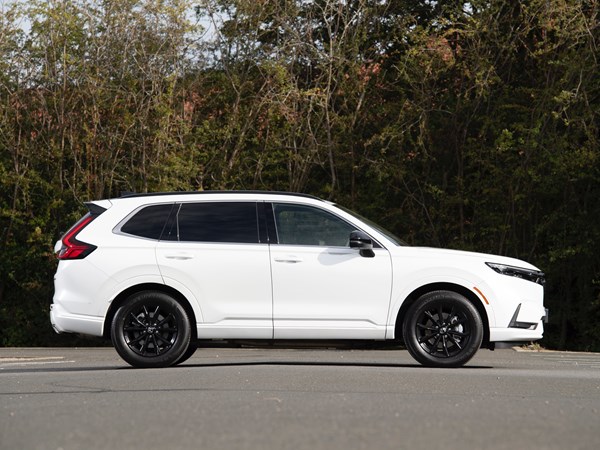
Plug-in hybrid driving range and charging
The e:PHEV is costlier to buy but the generous electric-only range of 50 miles and (laughable) claimed 353mpg combined fuel economy make it an appealing company car in particular. Though the ability to cruise around on electric power is appealing to us as private drivers, too.
Still, the PHEV’s battery long range and efficient engine means it officially emits just 18g/km of CO2 – putting it in the 8% BIK tax bracket for company car users. Much cheaper than the 151g/km self-charging version.
Plugging the CR-V into a 7kW home charger will get you from zero to 100% charge in around 2.5 hours thanks to a maximum charging rate of 6.8kW. It’s a comparatively large 17.7kWh battery pack, so it’s a shame it doesn’t have the capability of CCS rapid charging, but that will probably suit most owners just fine.
For full specifications see our Honda CR-V specs pages.
Servicing and warranty
Honda dealers are usually small, local businesses with a reputation for good customer service. Not that they particularly need it, as Hondas very rarely go wrong, so you’re unlikely to need to head back to the dealer for any reason but your yearly service.
It’s a shame though that Honda won’t back up this excellent reputation for building sturdy cars with a warranty to match it. Compared with the Toyota’s 10-year ‘Relax’ policy, the CR-V’s warranty is an ungenerous three years or 60,000 miles. Official Honda extended warranties are available, as are money-saving service plans.
Reliability
- Good reputation for reliability
- No recalls yet, but still a new model
- Solid build quality
Honda has spent years building up an enviable reliability rating, and we would be very surprised if even a car as complicated as this CR-V causes that reputation any significant issues. That doesn’t mean every car built will be flawless – owners forums suggest some people have experienced problems, but there’s not yet any consistent pattern of faults.
In our own experience, only the frail USB connectivity and some poor quality paint really let the side down for Honda.
If you do drive one of these already, why not help others by leaving an owners reviews on Parkers.
Ongoing running costs
| Road tax | £620 |
|---|---|
| Insurance group | 34 - 37 |
Get an insurance quote with

|
|




